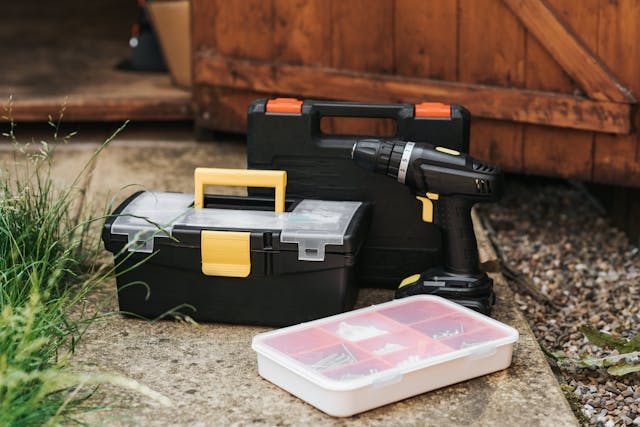5 Common Door Installation Mistakes and How to Avoid Them
Installing a new door might seem like a straightforward task, but many homeowners run into problems that can lead to improper fitting, drafts, and even security issues. Whether you’re installing a door for the first time or replacing an old one, avoiding common mistakes is key to ensuring a smooth and successful installation. Here are five common door installation mistakes and tips on how to avoid them.
1. Incorrect Door Sizing
One of the most frequent mistakes people make when installing a door is purchasing a door that doesn’t fit the opening properly. A door that’s too big or too small can result in gaps that allow drafts or make it difficult to open and close properly. Even a small measurement mistake can throw off the entire installation.
How to Avoid It:
Measure the height, width, and depth of the door frame multiple times before purchasing a door. Don’t forget to account for trim and flooring that could affect the door’s final fit. If you’re unsure about your measurements, it’s worth consulting a professional or using a door-sizing guide to ensure accuracy.
2. Not Leveling the Door Properly
If the door isn’t installed level, it can cause problems with how it swings and closes. An improperly leveled door can lead to uneven wear on the hinges, difficulties locking, and unwanted gaps at the top or bottom. Over time, this can cause the door to become loose and even compromise its security.
How to Avoid It:
Use a level tool throughout the installation process. Before securing the door, double-check that it is perfectly aligned. Ensure that the frame is square and plumb, and adjust shims as needed to get the door aligned correctly. Taking time to level the door during installation can save you from a host of issues down the line.
3. Neglecting to Secure the Door Frame
The door frame is the foundation of a sturdy door installation. If it’s not properly anchored, the door could shift or sag over time. A loosely installed frame can also leave gaps for air, water, and even pests to enter your home, reducing energy efficiency and causing damage.
How to Avoid It:
Make sure the door frame is securely fastened to the studs with screws or nails. Shims should be used between the door jamb and the framing to ensure a snug fit and prevent movement. Reinforcing the strike plate and hinge areas with long screws can provide added stability.
4. Improper Weatherproofing
Weatherproofing is essential for exterior doors to prevent drafts, moisture intrusion, and energy loss. Skipping this step or doing it poorly can result in higher energy bills, water damage, and an uncomfortable living environment.
How to Avoid It:
Install weatherstripping and a door sweep to create a proper seal. Be sure to caulk around the exterior trim to keep water out. For maximum energy efficiency, consider a door with built-in insulation or energy-saving features. Don’t rush through this step—taking time to ensure a tight seal will protect your home from the elements.
5. Rushing the Installation
Many DIYers rush through the installation process, thinking that it’s a simple task that doesn’t require much time. However, rushing can lead to a range of issues, from incorrect alignment to skipped steps like leveling or sealing. A rushed installation often results in a door that doesn’t function properly and requires frequent adjustments or repairs.
How to Avoid It:
Take your time and follow a step-by-step approach. Read through the installation instructions carefully, and gather all the necessary tools before you begin. If you run into any problems, don’t hesitate to pause and seek advice or professional assistance. A slow, methodical approach will result in a better installation and fewer headaches in the long run.
Conclusion:
Door installation is more complicated than it seems, and making any of these common mistakes can lead to costly repairs or replacements down the road. By taking careful measurements, ensuring proper leveling, securing the frame, weatherproofing, and not rushing through the process, you can avoid these pitfalls and enjoy a door that fits perfectly and functions smoothly for years to come.

* * * Get Free Bitcoin Now: https://clinvia.com/index.php?jg4frw * * * hs=08415712b18827b63030e4f50ae753a4* ххх*
wxutjv